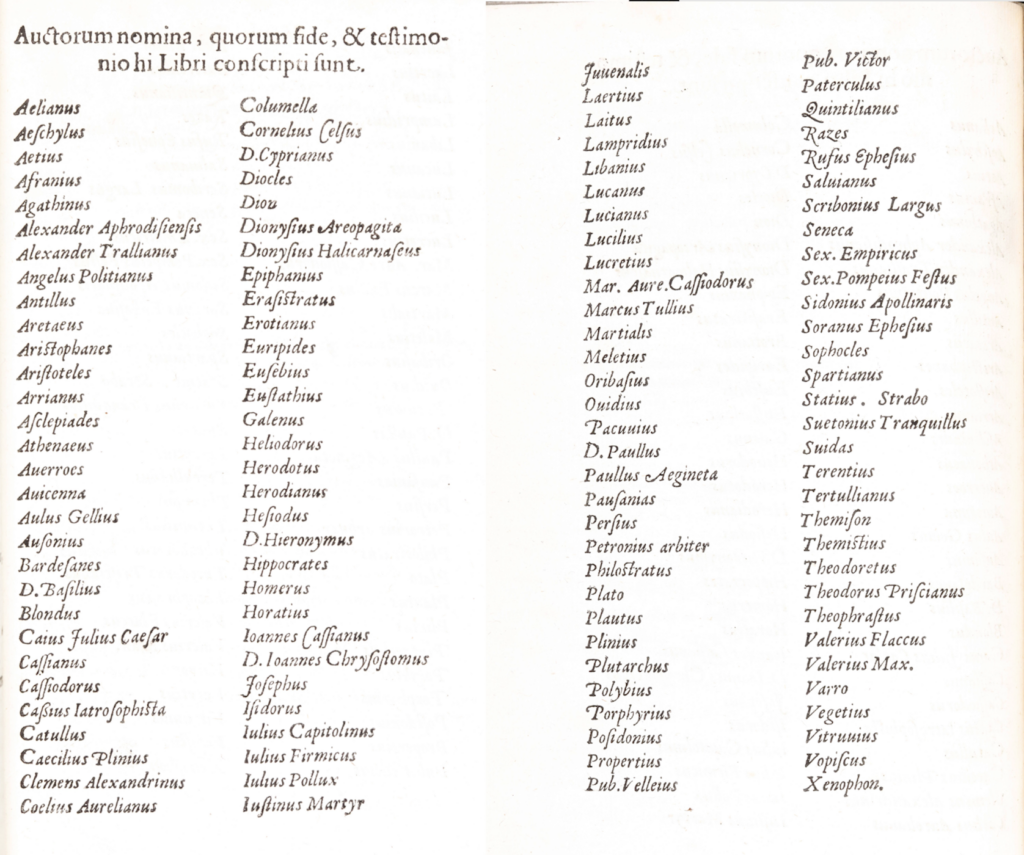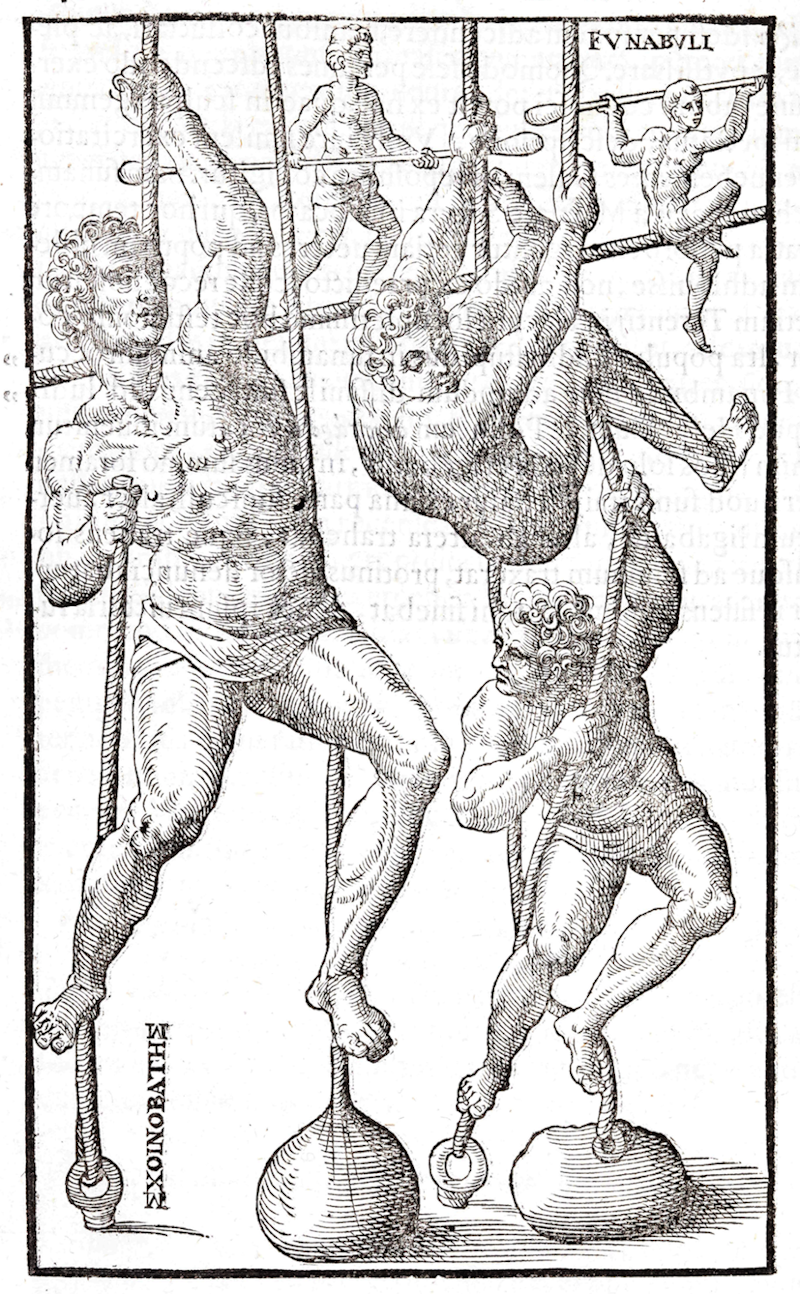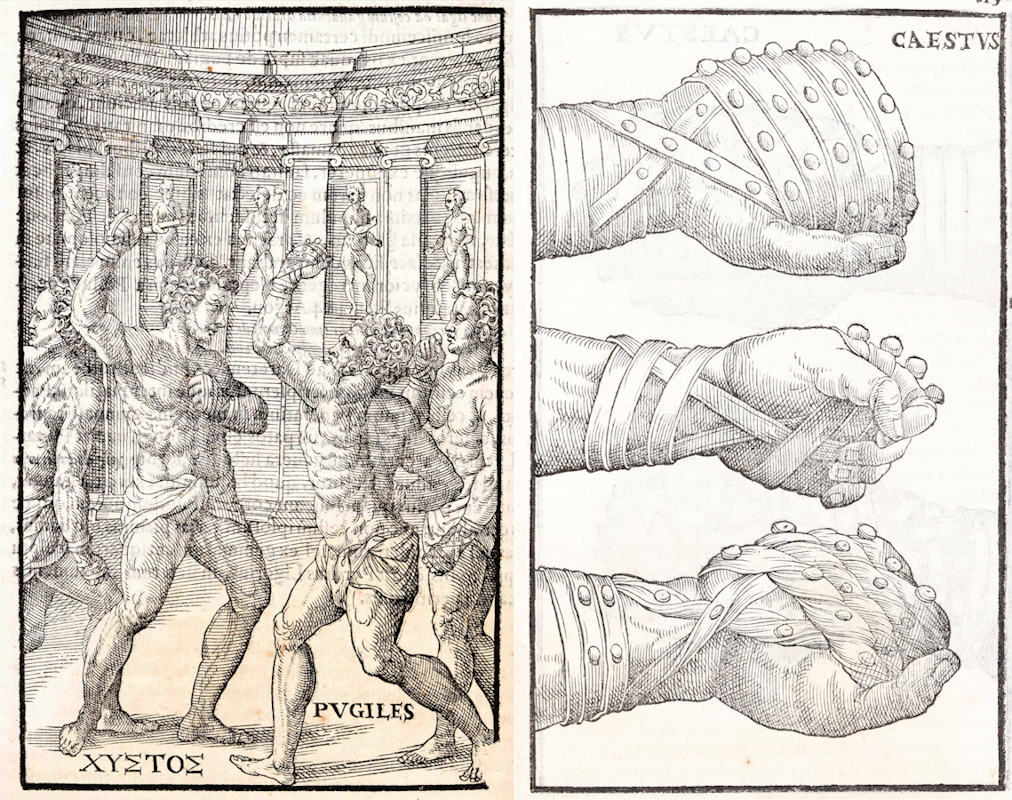The Olympic Games are a celebration of athleticism and physical skill, traits prized by the Ancient Greeks. But what did the people of antiquity think of fitness and exercise? These topics are explored in De Arte Gymnastica, one of the earliest books on exercise and physical therapy.
De Arte Gymnastica was first published in 1569 by Girolamo Mercuriale (also known by his Latinized name, Hieronymus Mercurialis). Mercuriale (1530-1606) was an Italian physician and historian during the Renaissance and the work is a product of his interest in Greek writings on physical health.
Amongst the writers reviewed in this work are medical scholars such as Galen and Hippocrates, as well as literary figures such as the playwriter Euripedes and historian Herodotus. The diversity of the source materials reflects the interdisciplinary approach the Greeks had towards medicine and health, a trend that was still present in early modern Europe.

Drawing on these historical sources, Mercuriale recounts how physical fitness and activity was valued in Greece. Physicians understood that physical fitness could act as a preventative treatment for future diseases and conditions. As a result, one could prescribe specific forms of exercise to preserve or enhance a person’s health.
The book divides exercise into three categories: what Mercurialis called “legitimate” exercise (regular and medical), military exercise, and the athletic and dangerous exercise. Activities such as ball games, running, weights, swimming, and more are discussed in detail, along with their effects (whether they could act as curatives or preventatives). The work also covers other factors of health and influence on human well-being (such as the season and time or one’s age and diet) and how these would be applied to the various sports activities and their health-beneficial properties.
Boxing and wrestling
Detailed prints depict activities such as discus throwing and wrestling, which were part of the pentathlon of the ancient Greek Olympics (in addition to the javelin throw, jumping, and running), as well as boxing and rope climbing. The images of these sports and activities were often also accompanied by a close-up image of poses or equipment.
Discus throw. Some scholars caution that despite the historical writings referenced in De Arte Gymnastica, it is likely that the images are not based on historical evidence but are rather interpretations made by Mercuriale and his Renaissance contemporaries.
De Arte Gymnastica demonstrates the interest in Classical Antiquity that helped define the Renaissance, as well as the application of ancient knowledge in a new era. Although not the first book on exercise in existence, it is still an important work of medical history and how people understood the connections between physical activity, fitness, and health.
Interested in looking at this book in-person? Contact us at arb@wustl.edu to schedule an appointment!
Want to read more about Mercurialis, De Arte Gymnastica, and the connection between exercise and health? Check out Dr. Julie Martins’s piece, “Renaissance Fitness: Exercise Rediscovery.”
BIBLIOGRAPHY
Campillo, Philippe, and Daniel Caballero. “The influence of the text De Arte Gymnastica on the resurgence of medical gymnastics in Renaissance Italy: Girolamo Mercuriale (1530–1606).” Hektoen International, no. Fall 2020, 2020, https://hekint.org/2020/12/15/the-influence-of-the-text-de-arte-gymnastica-on-the-resurgence-of-medical-gymnastics-in-renaissance-italy-girolamo-mercuriale-1530-1606/.
Ford, Edward. “The De Arte Gymnastica of Mercuriale.” Australian Journal of Physiotherapy, vol. 1, no. 1, 1955, pp. 30–32, https://doi.org/10.1016/s0004-9514(14)60893-x.
Ruscoe, Glenn. “De Arte Gymanstica – the Art of Exercise Prescription.” History.Physio, 25 Feb. 2021, history.physio/the-art-of-exercise-prescription/.




